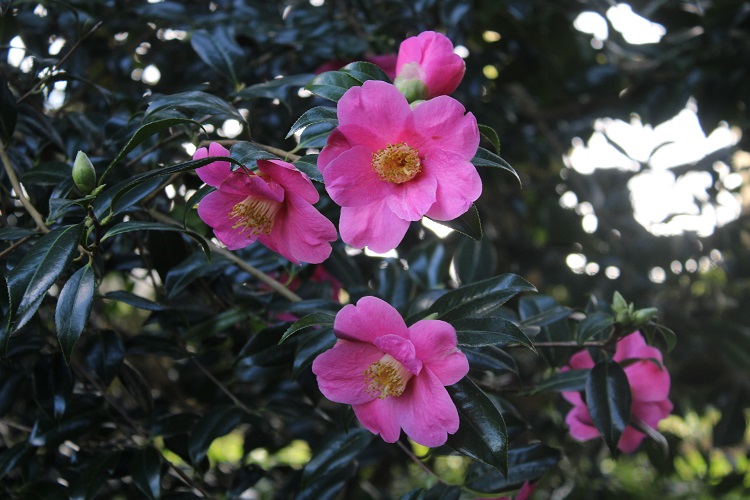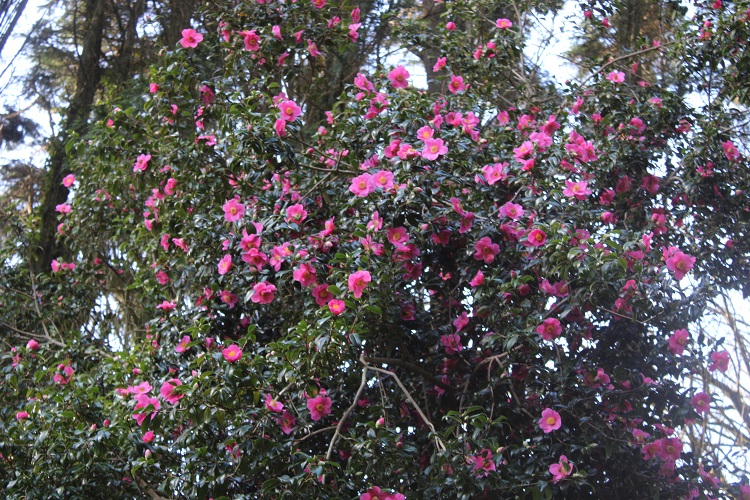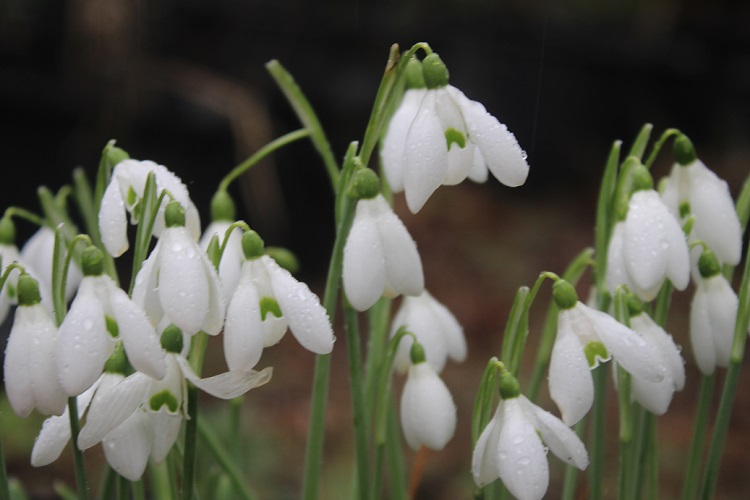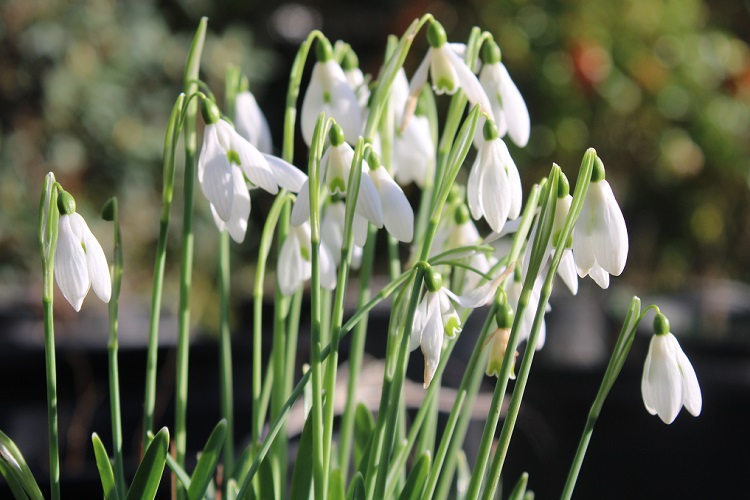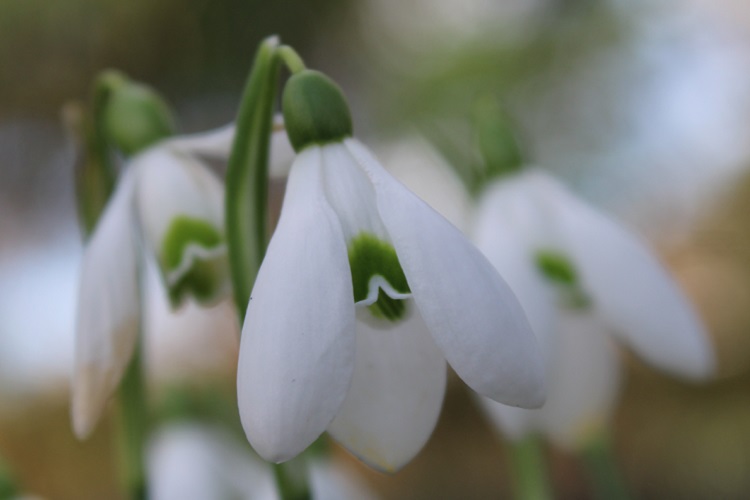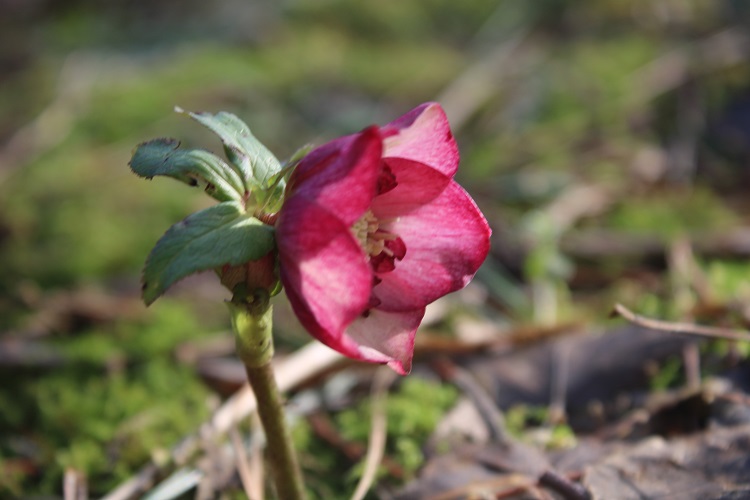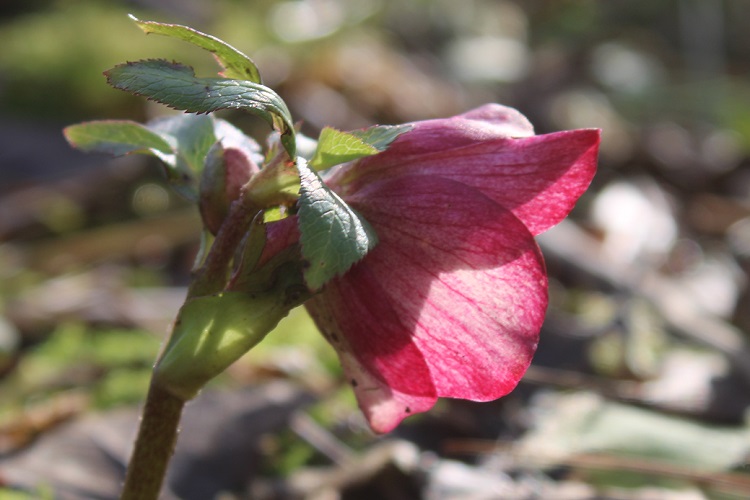 |
 |
 |
| . |
After a long, dull spell the weather started to brighten this week. We have passed the Solstice and I am sure the longer days are starting to show.
On the other hand it might just be that it has stopped raining. The rain didn't drift away like a feather on the wind it dropped from the sky with a crash
and ended. The sunshine is very welcome. It animates the garden and marbles the wet ground with intricate shadows. There will be a price to pay for the bright light. The weather forecast is predicting the arrival of the cold. At the moment it looks as though we have a few cold days to get through, and some colder nights, before the temperature starts to rise towards the end of the week. Only time will tell if it works out that way. At this time of year a return to warmer weather cannot be relied upon. I have taken heed of the warning and wandered around the greenhouse scattering fleece willy-nilly. There is no suggestion of a radiation frost yet, but these things occur at very short notice. In December 2022, a radiation frost seriously damaged the Clivia and many of the Dendrobium and it arrived almost without warning. The cloud that was scheduled to blow in simply didn't arrive and suddenly the greenhouse was at risk. This year I have put the fleece out early, the Clivia are sheltered beneath black plastic and I have crossed my meteorological fingers in preparation. The greenhouse was warm in the sunshine this morning but it won't last. |
|

